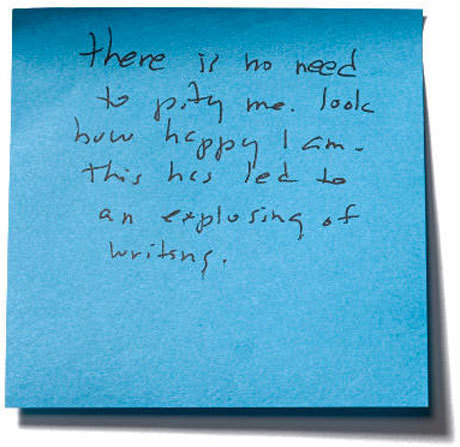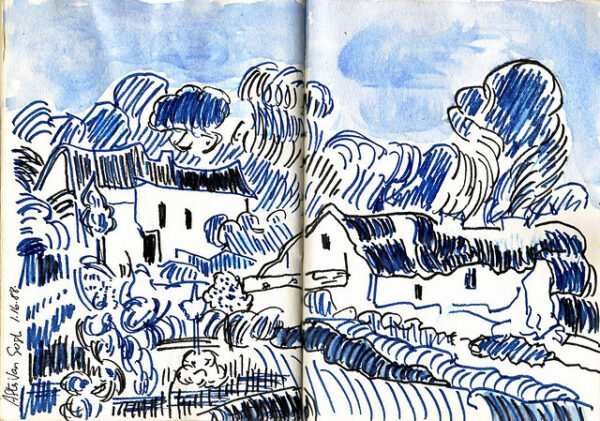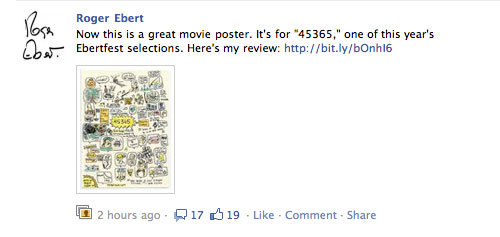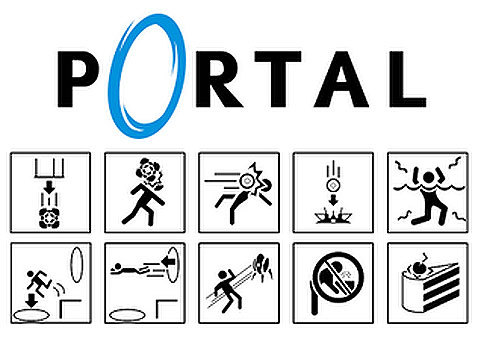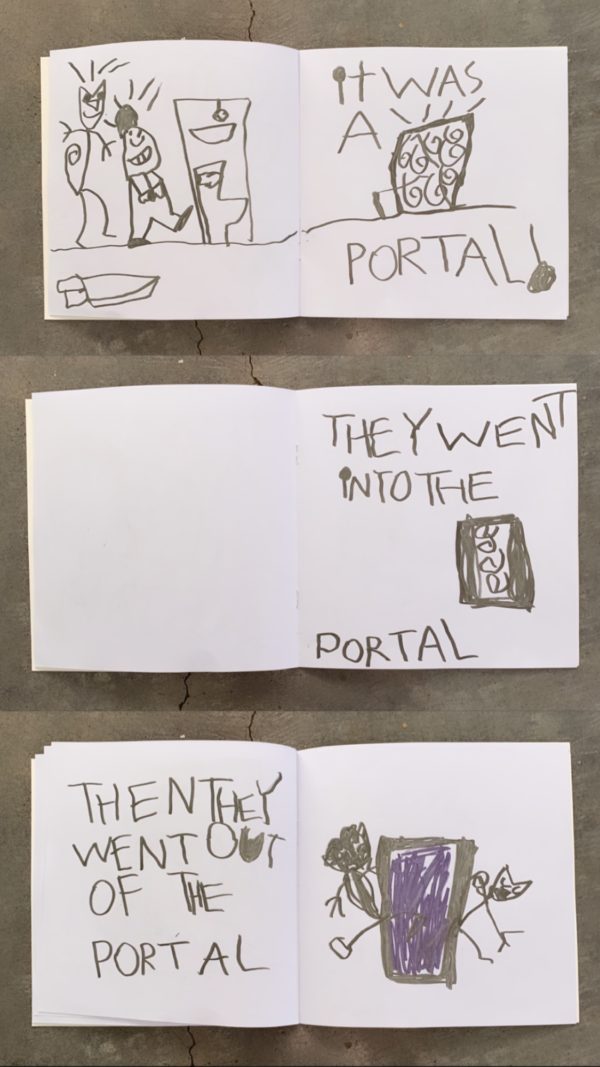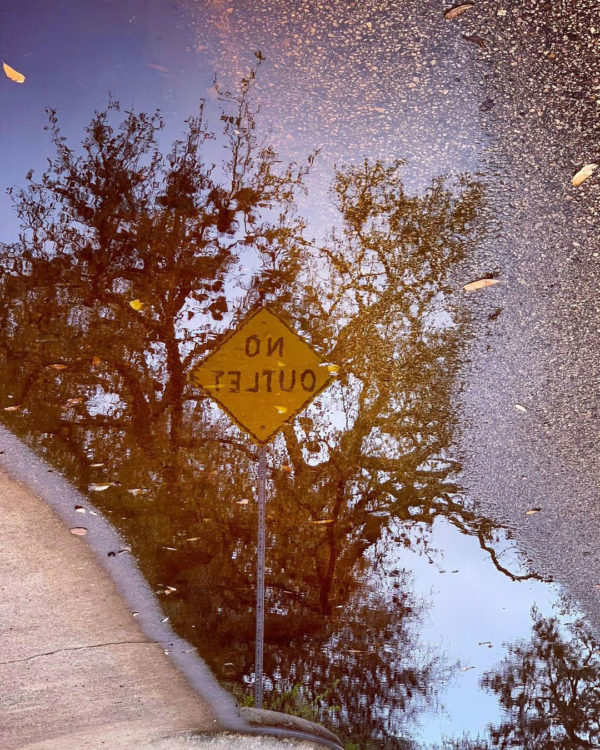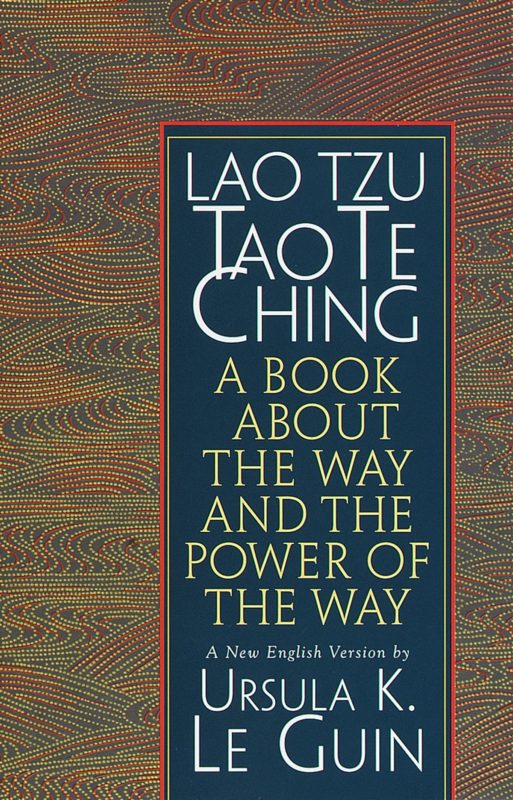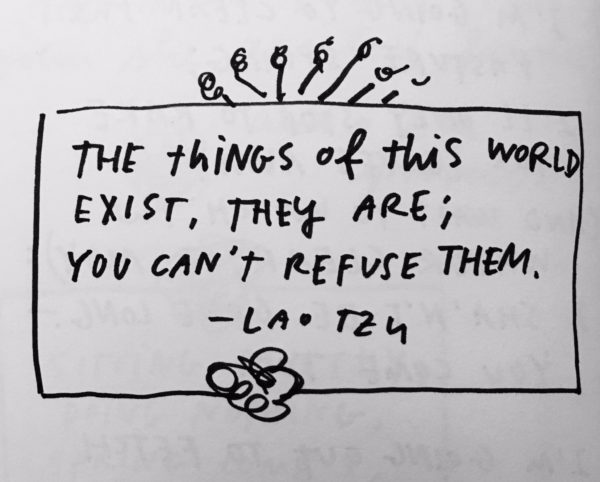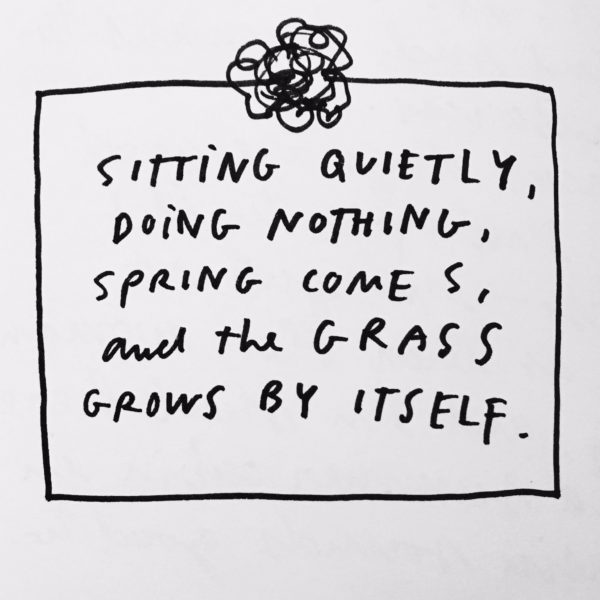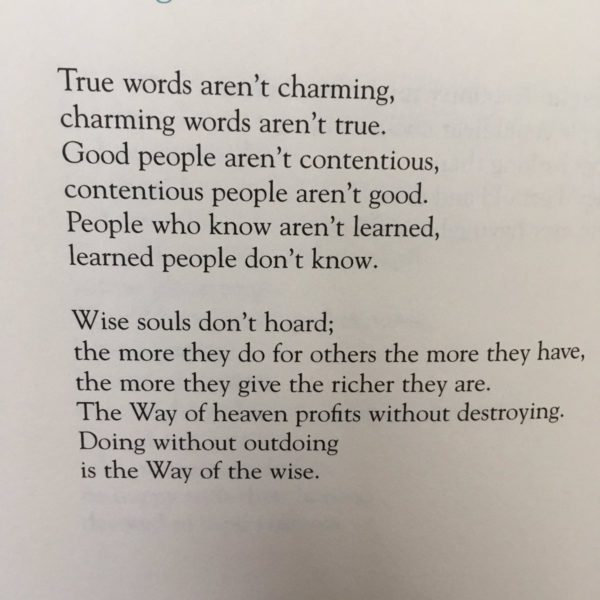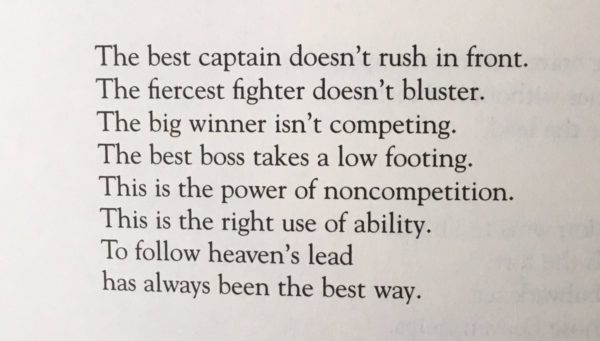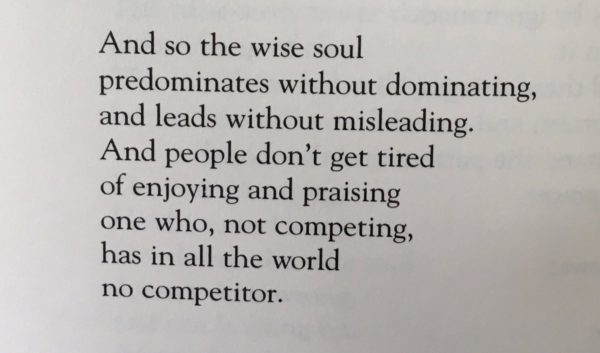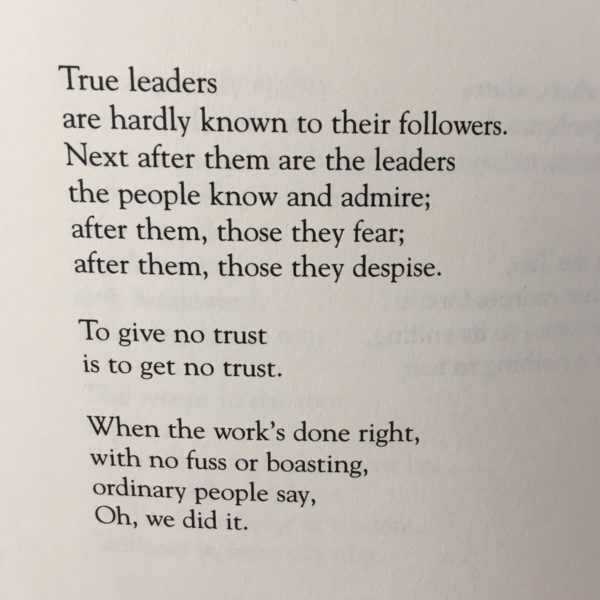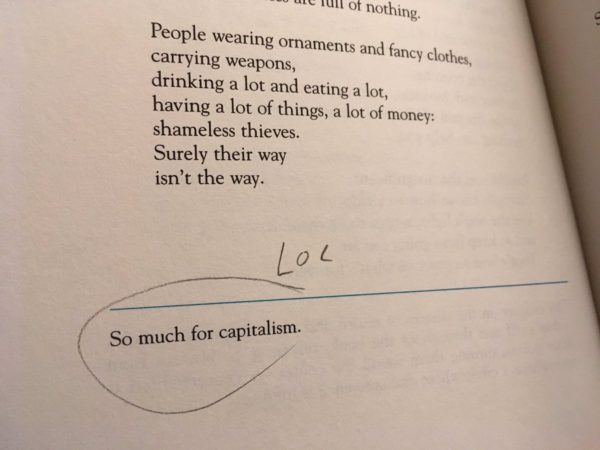
- Watching the owls in our back yard raise two owlets.
- Riding bikes with my friends.
- Sending out the newsletter. The Guardian naming it one of the best. How nice our community is to each other in the comments.
- Steal Like an Artist going into its 30th printing with over a million copies in print.
- Making stamps.
- Making volvelles!
- Discovering Roget’s thesaurus.
- Shelling out the dough for an Apple Studio Display, which has truly made my working life way more pleasant.
- Burning candles and incense in the studio.
- Chopping wood for a fire. Building a fire. Sitting around the fire.
- Pizza night and a movie every Friday. Bag salads and the occasional mozzarella stick.
- An afternoon on Huntington Beach, eating Dairy Queen by the ocean and petting other people’s dogs.
- Reading to the boys before bed, even though they’re plenty old enough to read by themselves. Grimm Fairy Tales to Jules while he soaked in the tub. Matilda. Harry Potter.
- Funny things the kids said. “People say life is short… did they not go to school?” “The IRS should have an anthem.” “I feel like the teacher should be famous instead of Helen Keller.” Owen’s Acronym for the STAAR test: “Stupid Torture and Absolute Regret.” Jules, reading some junk mail from AAA: “Time to renew your AAAAAAAAH! membership.” Jules, being introduced to deodorant: “It’s like a glue stick for your armpit!” Owen: “Remember that time you pooped your pants?” Jules: “STOP LIVING IN THE PAST!” Jules on predicting the future: “Maybe the past will come back… but with better choices.” Owen, overheard from another room: “Your tongue has splinters! It hurts really bad.” Jules’ one-word reply to being asked why he “eloped” from the classroom: “Ennui.”
- The way the boys repeat dialogue from movies and TV they watch. “Oh for ten toes!” (Treasure Island.) “Ay, carumba!” (The Simpsons.)
- Setting the boys up with iCloud accounts and iMessage on their computers so we can text each other. Sending each other links and songs and memes.
- Being a curious elder. Learning slang from my kids, most of it from YouTube: “Cursed,” “Sus,” “Toxic,” “Cringe,” “Savage,” “Rizz,” etc.
- How Owen reads the monthly NYTimes for Kids section religiously.
- Radishes (with salt and bread and butter) and lettuce and fresh basil for pizza from Meg’s garden.
- How plants know how to grow not based on how long it’s light out, but how long it’s dark out.
- How prickly pear cacti show you exponential growth in slow time. (“Sleep, creep, leap.”)
- The compost pile signs in the community garden, how they could work for a book manuscript: “ADD HERE.” “DO NOT ADD HERE.” “NOT FINISHED YET.”
- How, if you’re lonely, all you have to do is run an errand unwashed in your grubbiest clothes — when you’re out in the world at your least presentable, you’re sure to run into someone you know.
- How if you stand out in the street talking to a neighbor, you attract other neighbors.
- Watching the annual solar eclipse. Not driving somewhere for the optimal viewing, but staying close to home and watching with neighbors on our street.
- A tiny cup of cereal and a movie no one else will watch with me when I can’t sleep at 3AM.
- Doing a “weekly review,” going back through my notebooks, making a map of where I’ve been, planning for the next week.
- H-E-B as a corner bodega. Walking with Jules to get donuts.
- Buying a St. Francis statue from HEB and carrying it home so it might bless the animals in the back yard.
- Watching the adventures of Flaco the Owl, who escaped and learned to live in the wild. How, in all his majesty, he has the same goofy moves as the little screech owls in our back yard. Just bigger.
- Meeting Thurston the screech owl at Austin Wildlife Rescue. (Their photo of an owlet release.)
- How the awful mobbing blue jays alert you that there’s something worth paying attention to nearby.
- Trying to live peacefully with the squirrels, even though, in my heart, I still despise them. Watching a mama squirrel re-home her babies.
- Pulling the 90s Pure Moods compilation out of a free box at End of an Ear and playing the original infomercial for the kids and laughing. How Owen made a parody of it out of meme songs called Cringe Moods. Thinking about how I prefer my moods to be impure, and my feelings to be mixed.
- The few restaurants where the whole family will eat a meal. RIP BBQ Ramen Tatsuya. Thank you, Kerbey Lane. (Showing the boys how you can hold your finger over your straw and pull it out of your drink and it holds the liquid.)
- Date walks on the hike and bike trail with Meghan. Lunch dates. Franklin Brisket croissants from Epicerie. Burgers at Clark’s. Eating Golden Chick in the Natural Gardener parking lot.
- Not knowing the answers. Asking better questions. From Jamie: “You’re someone who’s so curious about so many things — why aren’t you curious about this?” From the work of Jungian analyst James Hollis: “What is wanting expression through me?” “Does this choice enlarge or diminish me?” “Who am I apart from my history and the roles I have played?”
- Two visits to Detroit in one year. Mudgie’s pastrami with John. Apple cider and sugar cinnamon donuts and fall foliage. Window shopping in Ann Arbor. Ordering Detroit-style pizza from 313 after getting home.
- Seeing my oldest, dearest friends. Breakfast with Corey and Kristen in Columbus. Beers with Brandon in Cleveland. Seeing all my college pals at John’s wedding and a few people I literally hadn’t seen in 20 years.
- Telling your friends you love them.
- Talking on the phone.
- How you’ll be out and about and hear someone yell something at you from a car, and you’ll think, “Oh great, now I have to fight somebody with my bare hands,” and you turn and it’s one of your friends.
- Surviving bike accidents. How turtles help each other in times of need. Tortuga extra-vehicular activities: Honk Fest with Hank. Deerhoof with Gerren. FC game with Marty and Wild Bill.
- Thinking about hanging a “WALK-INS WELCOME” sign in the window of my studio. Jules coming out to the studio to draw. Studio visits from friends.
- How often people visit Austin. BBQ with Maria. Brunch with Wendy at Counter Cafe. A bike ride with Kevin. A riverfront stroll with Bill. Walking to Epicerie and record shopping with Alan. Rooftop drinks with John and Liz. Taking Michael to see Being Dead at End of an Ear. Going to the skate park with Rumaan and his boys.
- Walking around Onion Creek with Brian and him pointing out how a fence post full of ancient nails is like a history museum.
- Seeing The Smile with Art. How Johnny Greenwood brings a tiny harp on tour with him just for one song.
- Volunteering at my kids’ school. Talking to other parents at drop-off and pickup. Chaperoning a school field trip to the nature center.
- Good teachers. How it all comes down to the bodies in the room. How Jules’ art teacher held a drawing contest for the school t-shirt and then collaged all the submitted drawings into one image.
- How all this work and money goes into official remixes of Beatles albums when you can just stand at the ice cream stand that has one speaker that only plays the left channel and “Hello Goodbye” sounds like a totally different song.
- How AI is making us re-think what’s actually worthwhile about making art and being human. How it can’t kill anything worth keeping around. Reading about animals and plants and other intelligences. How no software is as impressive as a sunflower growing in the crack of a sidewalk.
- Cory Doctorow’s term “enshittification,” which explains so much.
- Getting one of those carbon copy pads that waiters use and typing out favorite poems on it, saving the Kitchen Check for me, and sending the Guest Check for somebody else.
- A kids and dads Nerf gun battle at a birthday party.
- Shooting my BB gun at beer cans with mom.
- Not knowing what wine to pick at the grocery, stepping back and waiting for a sign from somebody who looks like they know what they’re doing. (How I discovered a decent $8 bottle of Chianti thanks to an elderly woman.)
- The checks that are easy to write.
- Roughhousing and wrestling with Jules to Black Sabbath. Letting him punch me in the stomach as hard as he can, knowing I won’t be able to do that much longer. (“These are the good old days.”)
- Playing way, way too much The Legend of Zelda: Tears of the Kingdom.
- Doing yard work and listening to audiobooks.
- Blasting down the highway in a rented Dodge Charger, listening to Miles Davis’s Milestones.
- Taking slow walks and pulling out a notepad to scribble down ideas.
- Pool parties and snow cones. Swimming with the boys. Long chats with Meg, our feet in the pool. Playing music by the pool — this year mostly cumbia, a mix of songs they play at the Disney Polynesian hotel, and Donovan. Reading big fat books in the pool. A little toy basketball hoop by the pool. Falling asleep in the pool. Going for a walk in my wet swim suit and how it’s dry by the time I get back home.
- Sitting on the porch during a storm and listening to the frogs chirp.
- Shooting pool with dad.
- Playing Scrabble with mom.
- Spaghetti night!
- Going to the movies at the Alamo Drafthouse. Asteroid City and A Haunting in Venice with Meg. TMNT: Mutant Mayhem with the boys. Popcorn and fried pickles!
- Having machines to play all kinds of different media. Buying $1 CDs at Recycled Reads. Finding a bunch of melted 45s on the sidewalk. Taking a morning walk and meeting neighbors having a big record sale. Mom mailing Jules a VCR so he could watch VHS tapes. Buying a nice cassette deck and listening to old tapes of the college radio show I had with my friend and laughing about how we’d be canceled now within 10 minutes.
- Applying ass to chair: How Owen sat at his computer desk so long one day he left a blue buttprint from his pajamas on his bench.
- Jules drawing in his sketchbook every day, and they boys writing in their one line a day diaries every night.
- Hanif’s idea of “joyful extraction.”
- The boys teaching each other songs on the piano.
- The boys singing Christmas carols.
- Introducing the boys to mechanical pencils.
- Taking Owen to a modular synth workshop at the library, how he didn’t want to go and how he asked to come back.
- The Pricemaster. “Everything is for sale! Make me an offer!”
- Downloading an ebook of somebody’s complete works and typing things into the search box and seeing what comes up.
- Jules discovering post-it notes and leaving notes to himself around the house.
- Trader Joe’s harvest blend tea. Taking a thermos of hot water out to the studio. Having a commuter bag just for walking out to the studio with my notebooks.
- Tortellini soup.
- Paper planes: equal parts bourbon, amaro, aperol, and lemon juice.
- Holiday rituals to get into the spirit. Crawfish and king cake at Mardi Gras. Corned beef and soda bread at St. Patrick’s Day. Carving pumpkins and roasting pumpkin seeds at Halloween. Making a gingerbread house and doing the feast of the seven fishes at Christmas.
- Ignoring baseball all year and then watching the playoffs every night.
- Pelikan’s fluorescent yellow highlighter ink.
- Putting little library pockets in the back of my diary.
- Hoodies with a kangaroo pouch.
- Playing music at dinner, how it keeps everyone mellow.
- The boys being old enough to get up on their own and watch TV so Meg and I can sleep in on the weekends.
- Thinking about how the pictures in our heads can blind us to what’s actually in front of us. How you don’t really need a vision.
- Going into things with no expectations. (Remembering the Zen master’s words: “We’ll see.”)
- How on the cover of the Arabic translation of my book Keep Going, the arrows point right to left.
- Sam Lipsyte’s advice: “Don’t think about a career…. Just think about the next sentence.”
- This lesson from Inside Taco Bell’s Innovation Kitchen: “You can change either the taste or the form… but you can’t change the taste and the form.”
- Being a congregant in “The Church Of Minding One’s Own Business.”
- Turning 40. Hypertension meds. Reading Don Quixote. Buying a new bike for my birthday and naming it “Rocinante.” Collecting bike proverbs like Sancho Panza. (“Where you look is where you go,” “better a hill than wind,” “enjoy every coast,” “there is no flat.”) Resolving not to waste my mid-life crisis.
- Losing 20 pounds. Drinking a glass of water before morning coffee. Lots of oatmeal. Fitting into old jeans and zipping up old hills.
- Buying a new suit for the first time in a decade.
- Trying to age like a plant in the garden center: “Natural beauty. Low maintenance.”
- Living for dinnertime.
If you liked this list, you’ll love my newsletter.
Read my top 100 lists from previous years here.


